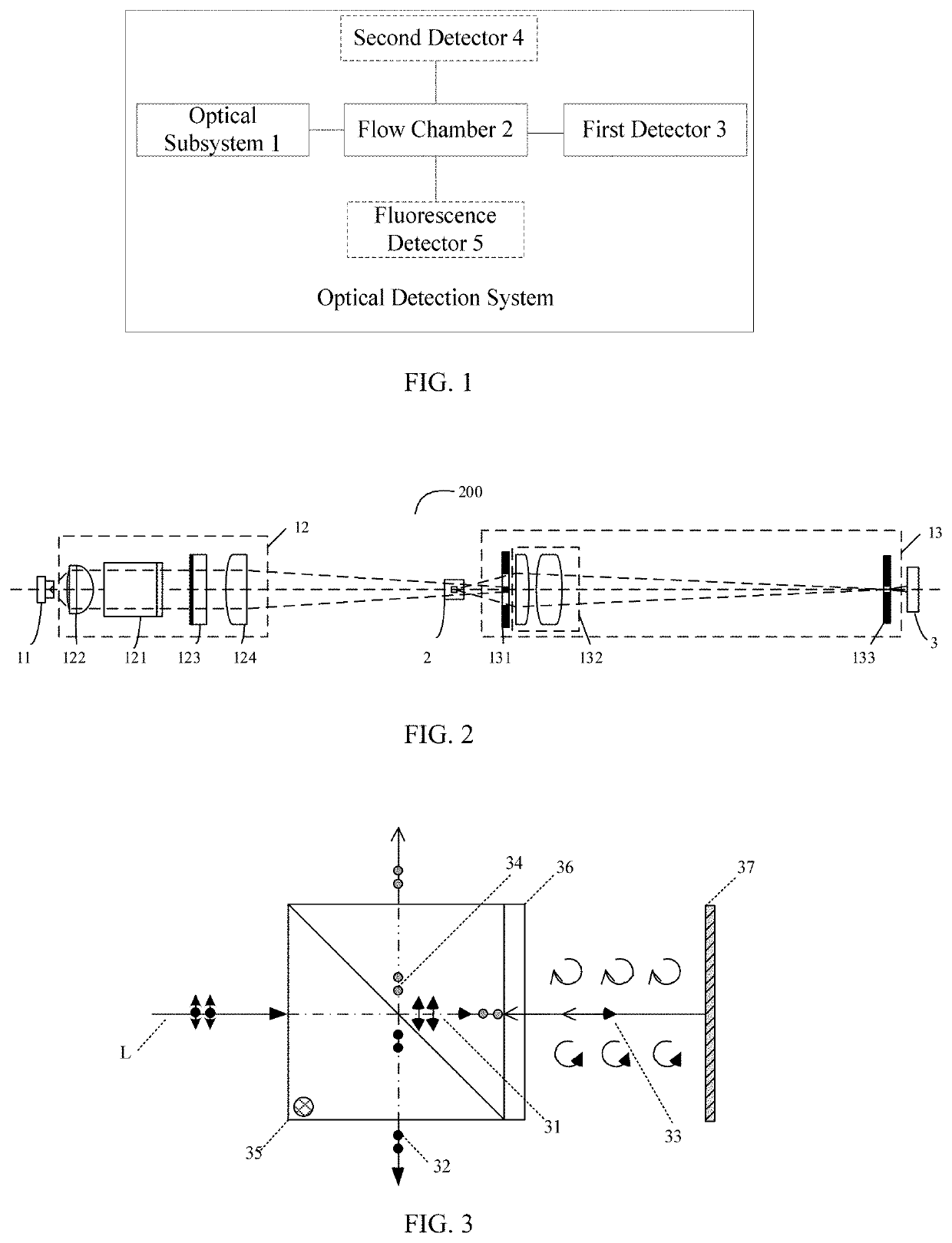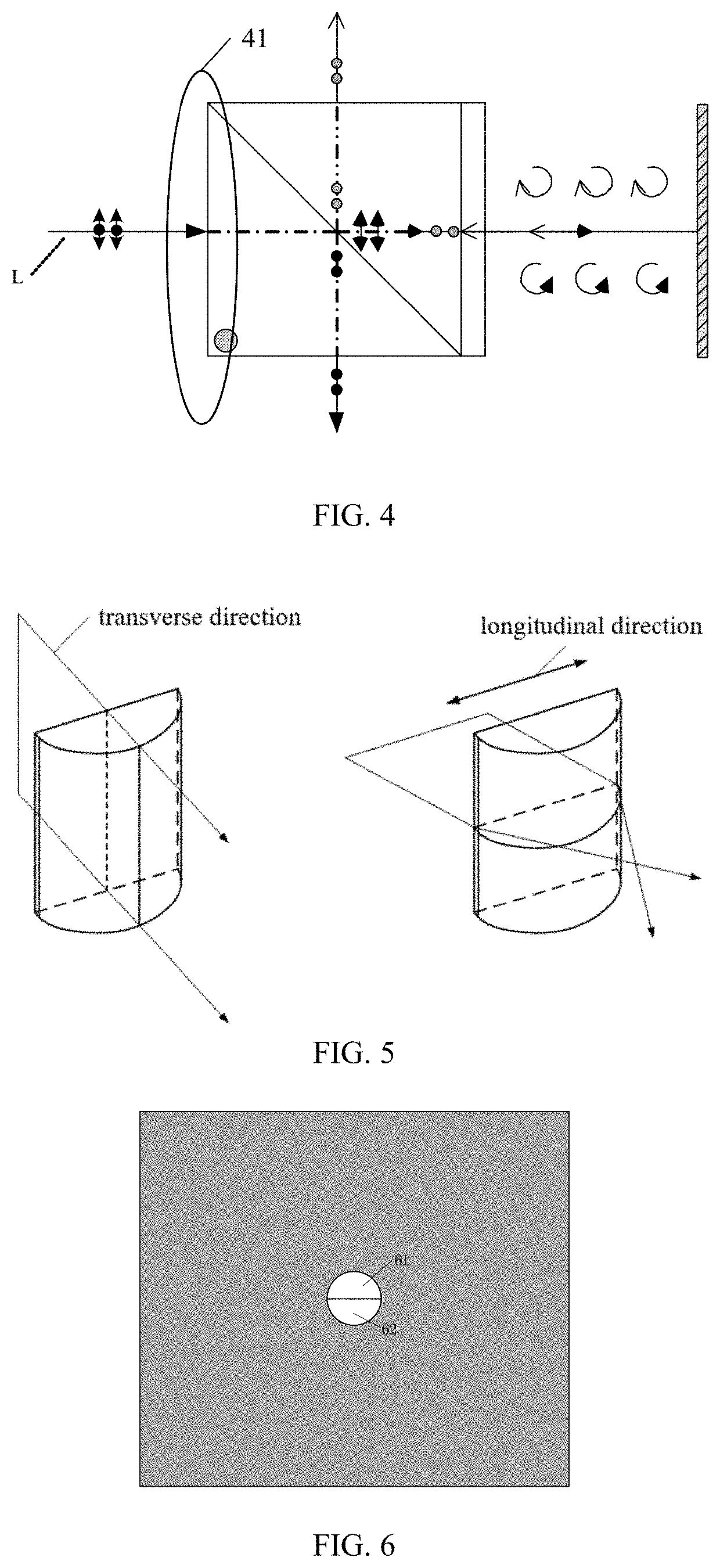Blood detection method and blood analysis system
a blood analysis system and detection method technology, applied in particle and sedimentation analysis, measurement devices, instruments, etc., can solve the problems of affecting the detection accuracy and precision of platelets, affecting clinical diagnosis, and taking a long time to obtain, so as to reduce the detection cost, accurate detection, and simplify the effect of blood detection
- Summary
- Abstract
- Description
- Claims
- Application Information
AI Technical Summary
Benefits of technology
Problems solved by technology
Method used
Image
Examples
example 1
Detection of Platelets by Deeply Hemolyzing
[0337]A hemolytic agent of the present disclosure was prepared according to the following formula:
Decyl Glucoside0.6g / LTRIS70MmSodium Citrate6g / LPolyoxyethylene (23) Cetyl Ether0.5g / LPH7.5
[0338]20 μl of a fresh blood sample was added into 1 mL of the above-mentioned prepared solution, incubation was performed at 45° C. for 60 seconds to prepare a test sample, and then detection was performed by adopting a flow cytometer (Mindray BriCyte E6). Data was collected and the gain was set as 500, the side scattered light with a measurement angle of 90 degrees was collected to obtain side scattered light intensity information of particles in the test sample; and forward scattered light signals of 0 degree were collected. A scatter diagram of platelets and white blood cells is shown in FIG. 10. From FIG. 10, it can be seen that red blood cell fragments, platelets and white blood cells are very different, and these three groups of particles can be cle...
example 2
Comparison Between Deep Hemolysis and Conventional Hemolysis on Display State of Platelets
[0340]A detection reagent of the present disclosure was prepared according to the following formula:
Alkyl glycoside (APG0810)0.4g / LTRIS40MmSodium Citrate5g / LPolyoxyethylene (23) Cetyl Ether0.5g / LPH7.5
[0341]20 μl of a fresh blood sample was added into 1 mL of the solution prepared according to the above-mentioned formula, incubation was performed at 45° C. for 60 seconds, and then detection was performed by adopting a flow cytometer (Mindray BriCyte E6). The excitation wavelength was set as 488 nm, the gain was as 500, 0° forward scattered light intensity information and 90° side scattered light intensity information were collected to obtain a two-dimensional cell scatter diagram, as shown in A of FIG. 11.
[0342]For contrast, 20 μl of the same fresh blood sample was added into 1 mL of a LD hemolytic agent (which contains a conventional hemolytic agent) used in a Mindray blood analyzer BC-6800, in...
example 3
Deeply Hemolyzing and Adding a Nucleic Acid Dye to Count Platelets and White Blood Cells by Side Scattered Light Signals and Fluorescence Signals
[0344]A detection reagent of the present disclosure was prepared according to the following formula:
Fluorescence Dye SYTO9 (Thermofisher Inc.)1.0ppmDodecyl Maltoside0.6g / LTRIS40MmSodium Citrate5g / LPolyoxyethylene (23) Cetyl Ether0.5g / LPH7.5
[0345]20 μl of a fresh blood sample was added into 1 mL of the solution prepared according to the above-mentioned formula, incubation was performed at 45° C. for 60 seconds, and then detection was performed by adopting a flow cytometer (Mindray BriCyte E6). The excitation wavelength was set as 488 nm, the gain was set as 500, 90° side fluorescence intensity information and 0° forward scattered light intensity information were collected to obtain a two-dimensional cell scatter diagram, as shown in FIG. 12A.
[0346]It can be seen from the figure that in a hemolysis condition, by adding a nucleic acid dye, pla...
PUM
| Property | Measurement | Unit |
|---|---|---|
| diameter | aaaaa | aaaaa |
| light scattering characteristics | aaaaa | aaaaa |
| optical detection | aaaaa | aaaaa |
Abstract
Description
Claims
Application Information
 Login to View More
Login to View More - R&D
- Intellectual Property
- Life Sciences
- Materials
- Tech Scout
- Unparalleled Data Quality
- Higher Quality Content
- 60% Fewer Hallucinations
Browse by: Latest US Patents, China's latest patents, Technical Efficacy Thesaurus, Application Domain, Technology Topic, Popular Technical Reports.
© 2025 PatSnap. All rights reserved.Legal|Privacy policy|Modern Slavery Act Transparency Statement|Sitemap|About US| Contact US: help@patsnap.com



